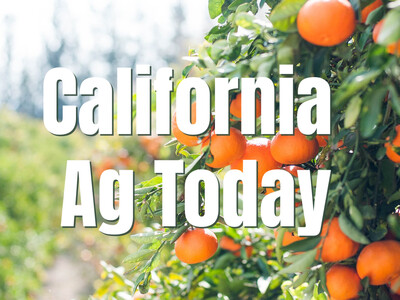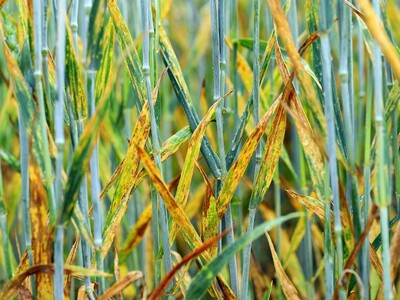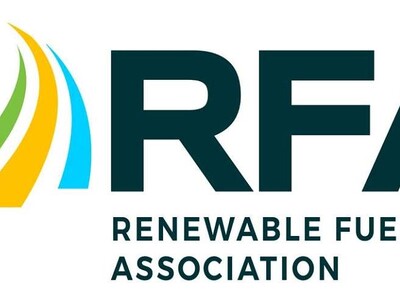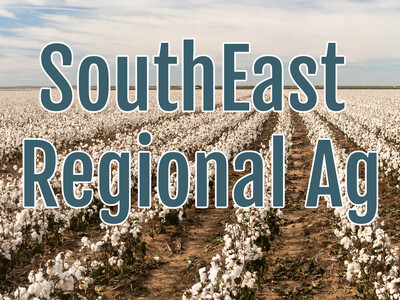Genesis of aquaculture
Agriculture is the cultivation of animals, plants, fungi, and other life forms for food, fiber, biofuel, medicinal and other products used to sustain and enhance human life. Agriculture was the key development in the rise of sedentary human civilization, whereby farming of domesticated species created food surpluses that nurtured the development of civilization. That being said, it seems reasonable to include the great scope of aquaculture under the agricultural heading. Dr. Ron Hardy, director of UI's Aquaculture Research Institute talks about the genesis of raising fish for food. "When you think globally of aquaculture, it really started in freshwater ponds in Southeast Asia. Even the Romans and the Greeks would raise fish in lagoons. They would capture wild fish and keep them in there and feed them. So there are many forms of aquaculture, not just net pens in the sea. There are also land based farms. In Idaho we use flowing raceways where fish are in structures on land with water going in one end of the farm and coming out the other. There is a move these days to raise fish using partially recirculated systems. The water is treated and used over and over again to raise fish. That is really part of the way forward because freshwater resources are also being limited on the planet. High-quality water is particularly limited in places like China where the demand and the scale of aquaculture is much much greater than it is in North America or EuropeIdaho produces more than 70 percent of the United States' farmed trout, and Idaho's aquaculture industry generates $100 million annually.














